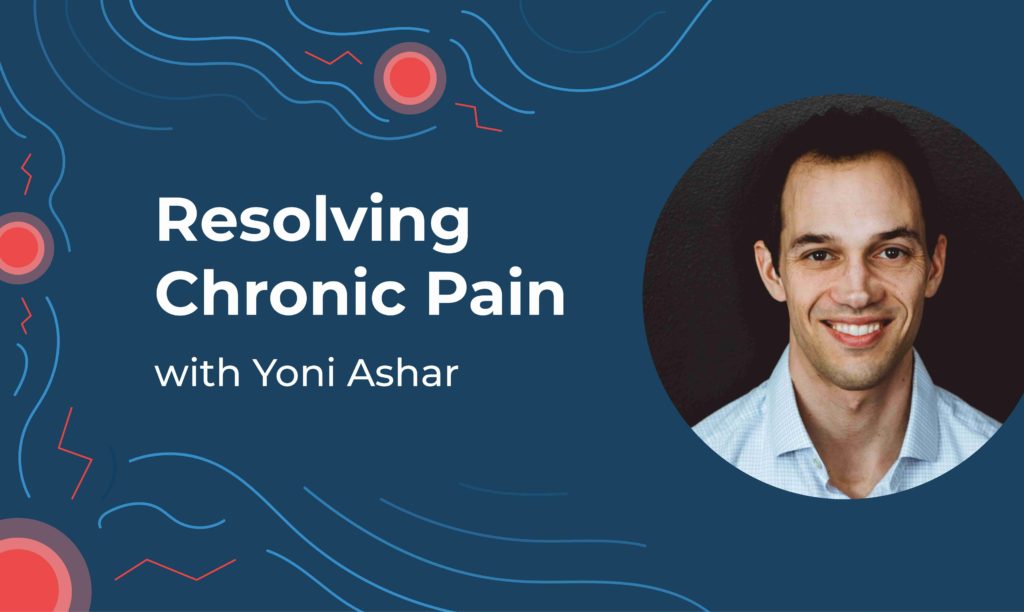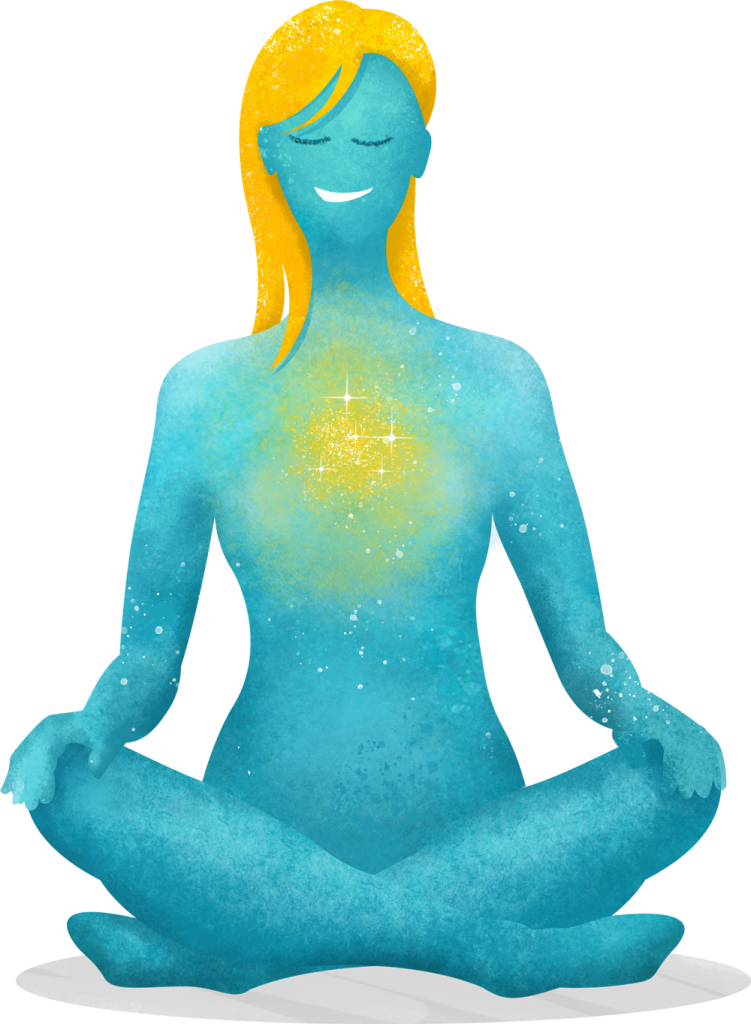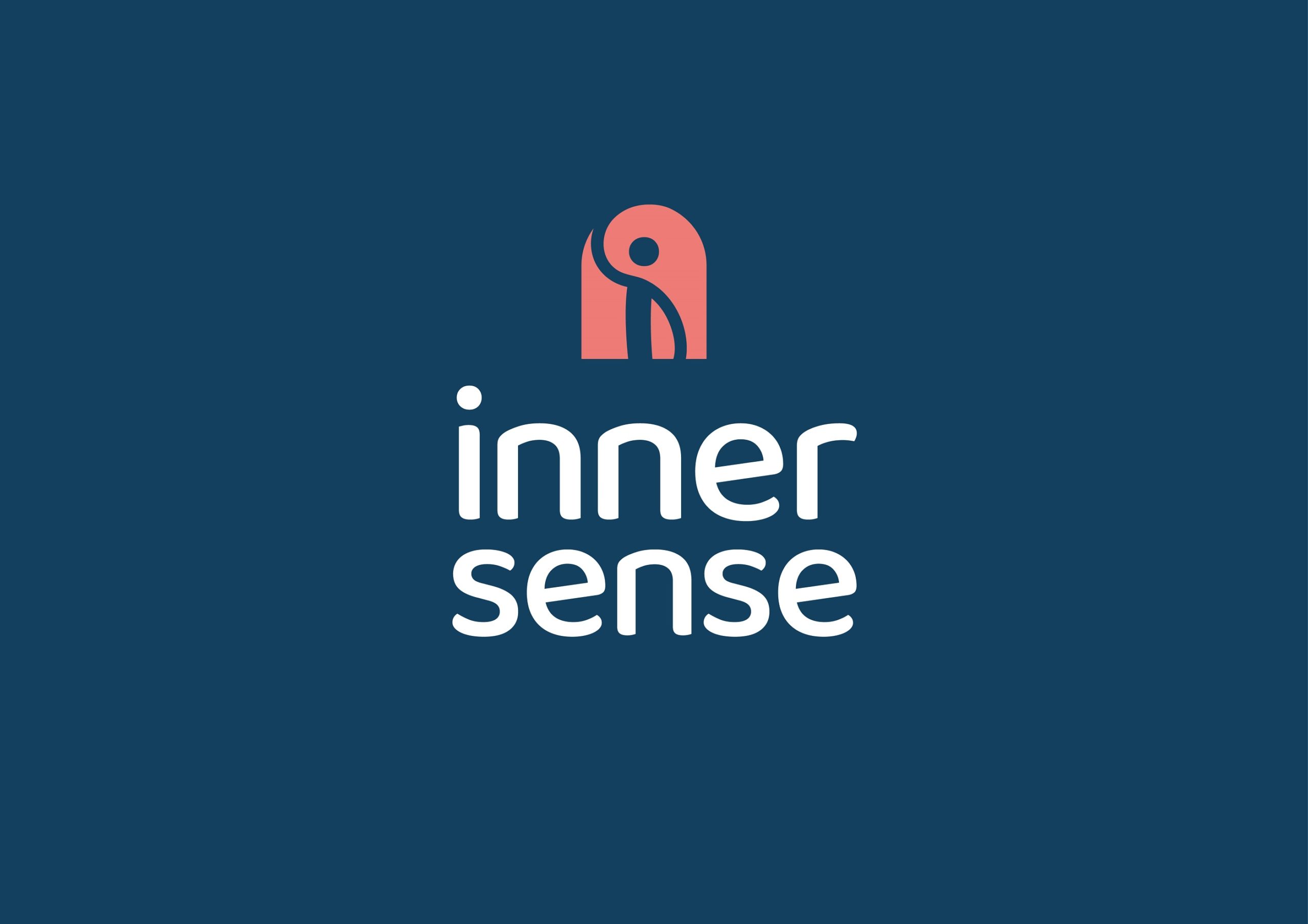Dr Yoni Ashar is uniquely qualified as an expert on chronic pain. He used to experience back discomfort that became so severe he spent six months on crutches. But despite struggling to walk, there was no medically agreed cause for his pain. Seeking relief through alternative treatments, he attended a meditation retreat.
While all this was happening in his personal life, Dr Ashar was carrying out academic research into the factors that influence chronic pain. One day, the penny dropped, and he realised he was experiencing exactly the things he was learning about through his studies.
Standing still was the trigger to Dr Ashar’s pain, but incredibly he committed to completing the entire meditation retreat on his feet and stationery. Despite often feeling very painful, it was a breakthrough experience for Dr Ashar.
Observing his pain, he noticed how fearful he’d become of standing still. It would cause him to clench his chest and neck, creating tension throughout his body. He was able to deconstruct his pain and gradually learn to break free from it.
The experience also gave him an invaluable perspective on chronic pain, helping him truly understand the condition from the perspective of someone going through it. It’s knowledge that helps guide him in his current position as a neuroscientist at University of Colorado Anschutz, where he’s a leading authority on an emerging treatment aiming to help people resolve their chronic pain: pain reprocessing therapy (PRT).
We caught up with Dr Ashar to find out more about PRT, as well as discussing the causes and mechanisms of chronic pain. Below are some of the key points we’ve picked out from our fascinating interview, which you can watch in full at the bottom of this post.
Why does chronic pain happen?
Pain protects us. Although not always pleasant, it helps guide our behaviour away from real and perceived threats.
At any given time, our body is sending our brain hundreds of signals, and for the most part the brain is pretty good at filtering out noise so it can focus on what’s most important. When a strong signal comes through (imagine hitting your thumb with a hammer) the brain sits up and takes note. The resultant pain lets us know to exercise more care in future when swinging hammers around.
But sometimes, the brain is less good at filtering out noise and its sensitivity to the signals coming from the body is too high. The signals are amplified, and we experience them as pain. If this happens regularly, the reaction pattern can become a habit and chronic pain can occur.
What type of pain is chronic pain?
Pain related to damage to our cells (think again of the hammer and thumb) can be thoughts of as structural pain. However, when the brain generates pain in the absence of damage, for example when its sensitivity to other signals coming from the body is too high, it’s call neuroplastic pain. This is the category that most chronic pain fits into.
Is chronic pain real pain?
When someone experiences chronic pain, what they’re feeling is real pain; but crucially, the threat perceived by the brain may not be useful. It’s a bit like an oversensitive car alarm that goes off at the slightest touch, for instance a softly falling leaf. The leaf is really there, and the alarm really went off, but the threat posed to the car by the leaf isn’t significant.
Just like we can turn down the sensitivity of a car alarm, we can also train our brain to return to a normal level of sensitivity through treatments like pain reprocessing therapy.
What’s pain reprocessing therapy (PRT)?
PRT is a treatment that aims to help people resolve their chronic pain and feel safe in their body. The process starts with an assessment with a physician to help identify if the pain is structural (caused by damage to our cells) or neuroplastic (caused by the brain).
If the cause of the pain is the brain, a therapist then helps a person retrain how they relate to bodily sensations and think about their pain. This helps them reduce fear and avoidance they may have built up around the causes of their discomfort.
The technique involves interoceptive awareness and gathering evidence to support feelings of being safe in one’s body. So, if someone fears bending over, PRT aims to help them get more comfortable with bending over. If they’re avoiding running, PRT aims to help get them running again without debilitating pain.
Can pain reprocessing therapy help treat chronic pain?
Dr Ashar carried out a study in 2021 1 to test the effectiveness of PRT when it comes to treating chronic pain. The results were extremely encouraging.
He and his research team enrolled 151 people with chronic backpain, for which no physical cause could be found. Participants were given either PRT, a placebo injection or a continuation of their usual care.
Dr Ashar found 66% of the PRT group were free or nearly free of pain, compared to just 20% for the other groups. Dr Ashar and his team checked back in with participants after a year and the reductions in pain were largely maintained. Dr Ashar continues to trial PRT, but the signs so far are really positive that it’s an effective treatment when it comes to resolving chronic pain.
Find out more
You can watch our full interview with Dr Ashar below, and for more information on Dr Ashar and his work, head over on his website: yonestar.github.io
For more insights and tips on how to improve your overall wellbeing, please check out the Inner Sense YouTube channel and sign up to our newsletter.



